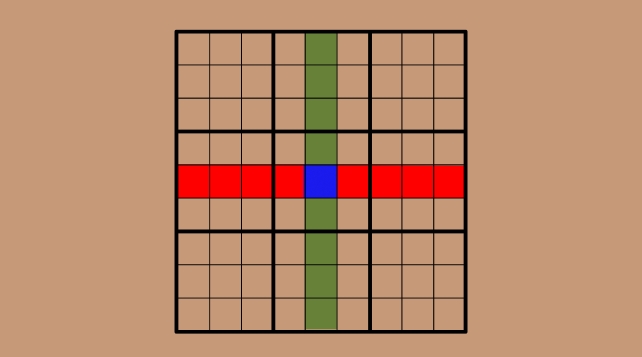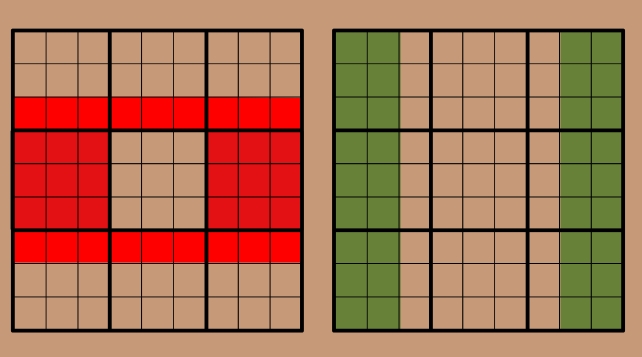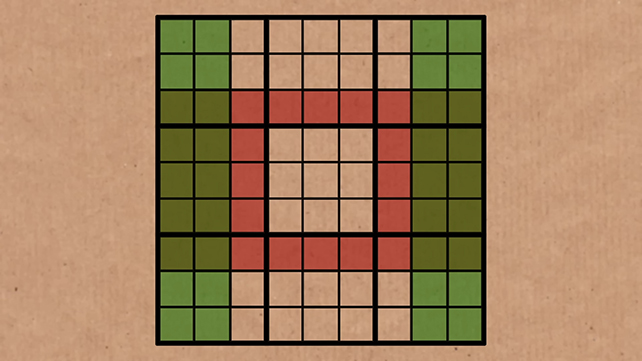On one stage, sudoku is an easy and enjoyable solution to cross the time and preserve the mind ticking – however dig deeper, and a few fiendishly intelligent math patterns reveal themselves. The newest to blow our minds? The Phistomefel Ring.
The Phistomefel Ring (or the Phistomefel Theorem) is superbly illustrated in a video by Numberphile that you will discover embedded under.
It is named after a German sudoku constructor, and in addition to being a super-smart sample of digits, may also make it easier to clear up these puzzles extra rapidly sooner or later.
frameborder=”0″ permit=”accelerometer; autoplay; clipboard-write; encrypted-media; gyroscope; picture-in-picture; web-share” referrerpolicy=”strict-origin-when-cross-origin” allowfullscreen>
Should you’re new to sudoku – every recreation board is made up of 9 equal squares, every break up up into 9 smaller squares in a 3 x 3 association. Each row and column on the board, in addition to each 3 x 3 sq., must be crammed out with the digits 1 to 9, with every digit used solely as soon as.
There are extra patterns right here: each row, column, and three x 3 sq. subsequently incorporates digits that add as much as 45, for instance. Nevertheless, Phistomefel discovered a deeper sample that is much more spectacular.
As per the Phistomefel Ring precept, the 16 squares that circle the central 3 x 3 sq. will at all times include the identical digits – in each single sudoku puzzle – as these within the 4 2 x 2 squares within the corners of the puzzle board. You may get a greater concept of this within the picture under:
Although we do not know what order they’re in, we do know all of the digits within the inexperienced squares precisely match all of the digits within the pink squares. It could actually take a while to get your head round, however it’s lovely in its symmetry.
The Phistomefel Ring works due to one thing referred to as Set Equivalence Principle.
Think about the central column in inexperienced and the center row in pink of a sudoku board, overlapping within the center – the very central sq. in blue. We all know that each the row and the column include the digits 1 by 9, in no matter order.

Now, take away the center blue sq., the place the overlap is – slicing out the center of each the row and the column. We do not know what that digit is, however we do know the identical digit has been faraway from each the row and the column, and the remaining digits will subsequently match too.
The Phistomefel Ring is that concept writ massive, with eight units of 1-9 digits slightly than simply two. There are extra numbers concerned, however the concept is similar: squares that do not overlap should include the identical digits. You may see the eight units under, coloured in two separate grids:

The units in pink are two brightly coloured rows, and two 3×3 bigger squares on the center left and center proper of the sudoku grid. The units in inexperienced are in two columns on both sides of the grid.
Within the subsequent picture, the units are proven on the identical grid, with the overlapping squares coloured a darker inexperienced:

Take away these overlaps, and the remaining blocks in inexperienced and pink should have the identical numbers left over.
Now we will see what number of extra sudoku patterns we will discover…





